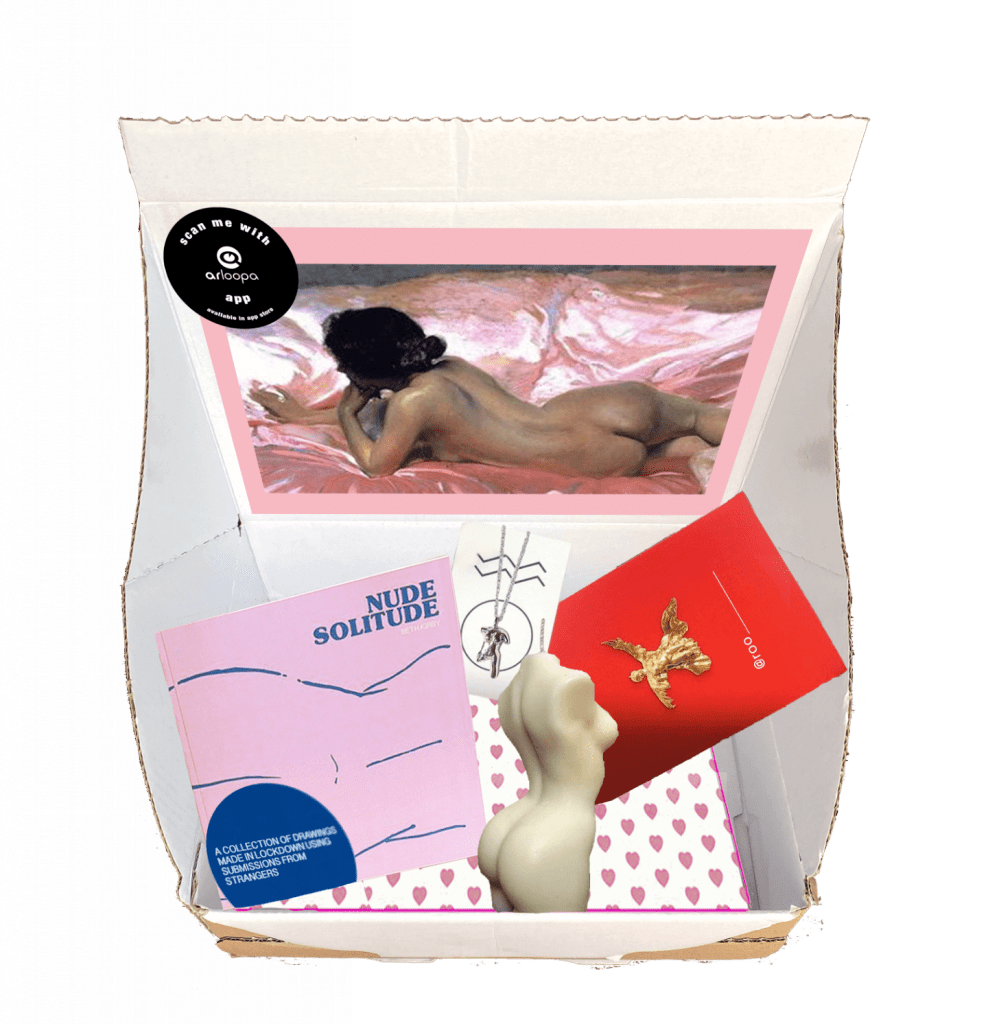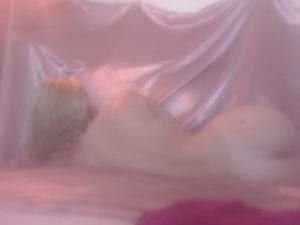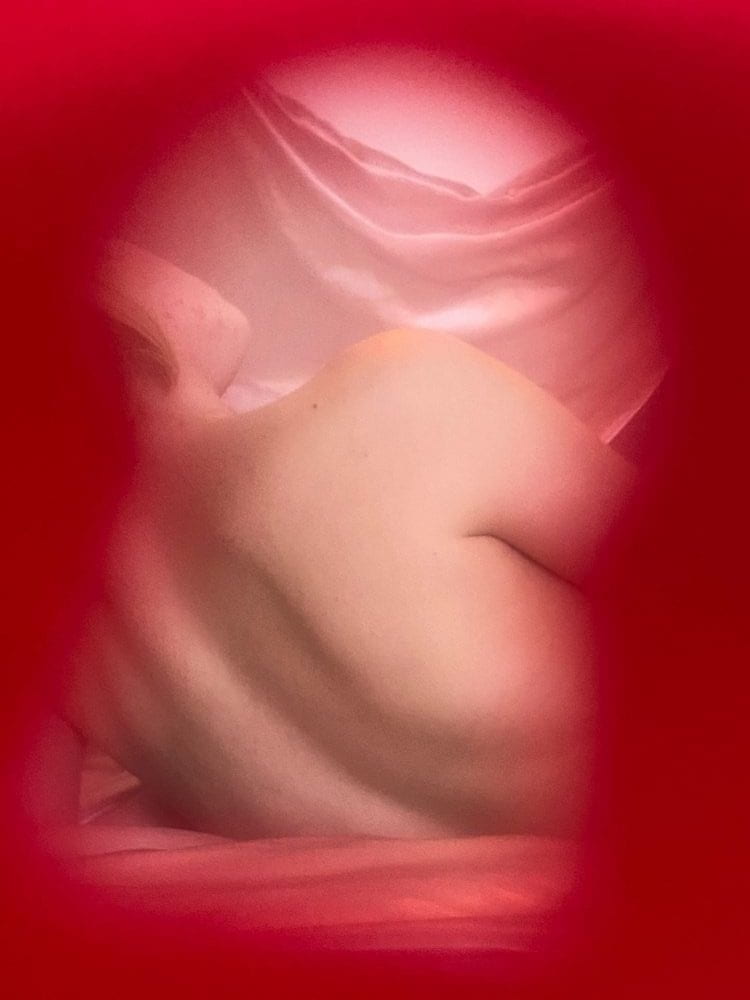
The idea behind these designs was to add context to the self-portraits I had taken by situating them as part of a poster/book cover design. As the photography was supposed to communicate the idea of the ‘robot woman’, docile and compliant, I took the idea of this commodified human being and ran with it. I incorporated my photography and 70s inspired graphics into an instruction manual for a robotic wife. There were plenty of examples of manuals from this era to take design references from.
Following this theme of women being seen as a commodity I remembered the book ‘Vagina’ by author Naomi Wolf that was a big part of my research for my dissertation. A poignant part of the book for me was when Wolf writes about how a Sex Educator of the 70s ‘reglamorised’ the clitoris increasing women’s sexual satisfaction at the time. It jumped out to me as almost funny that there can be such a ‘hype’ or ‘must-have’ attitude around a part of a woman’s body. It struck me that this commodification does not limit its self to a woman as a whole but to specific parts of her, even her clitoris. It is a ridiculous idea that such an integral part of women’s sexual anatomy can be a ‘trend’ coming in and out of ‘fashion’!








